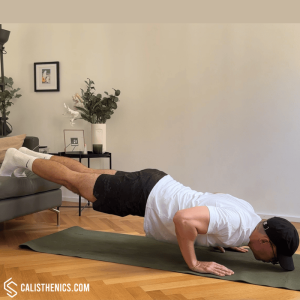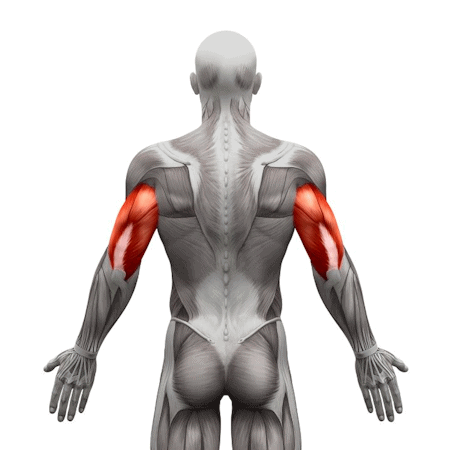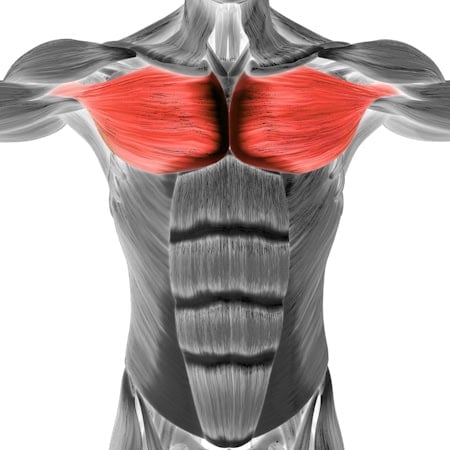Decline Push-ups
How to do Decline Push-ups?
Decline push-ups are a more advanced variation of the traditional push-up, where the feet are elevated on a surface higher than the hands. This changes the angle of the movement, placing more emphasis on the upper chest, shoulders, and triceps. By increasing the difficulty, decline push-ups help build greater upper body strength, shoulder stability, and muscle endurance.
Steps to Perform a Proper Decline Push-up
1. Set Up an Elevated Surface:
• Find a sturdy elevated surface, such as a bench, step, or box. The higher the surface, the more challenging the exercise becomes.
• Place your feet on the elevated surface and walk your hands out until your body is in a straight line from your head to your heels, with your hands placed slightly wider than shoulder-width apart.
2. Engage Your Core:
• Tighten your core, glutes, and quads to maintain a straight body line. Your body should remain rigid, with no sagging of the hips or arching of the back.
3. Lower Your Chest Toward the Floor:
• Inhale as you bend your elbows and lower your chest toward the floor, keeping your elbows close to your body or at a slight 45-degree angle.
• Lower yourself until your chest is just above the ground or as far as your range of motion allows. Maintain control throughout the descent.
4. Push Back Up:
• Exhale as you press through your hands, straightening your arms and pushing your body back up to the starting position. Focus on driving through your chest and shoulders.
Benefits of Decline Push-ups
• Targets the Upper Chest: Decline push-ups shift the focus to the upper portion of the chest, helping to develop a well-rounded, balanced chest.
• Builds Shoulder Strength: The decline angle places more emphasis on the shoulders, making it a great exercise for building shoulder strength and stability.
• Improves Core Stability: Holding a decline plank position requires core engagement, helping to strengthen the abdominals, obliques, and lower back.
• Enhances Upper Body Strength: Decline push-ups engage the chest, shoulders, and triceps more intensely than regular push-ups, helping to build overall upper body strength.
• Increases Muscle Endurance: By challenging your muscles with a more difficult angle, decline push-ups help improve upper body and core endurance.
• Functional Strength: This exercise improves functional strength, which translates into better performance in daily activities and sports that require pushing and overhead movements.
• Progression to Advanced Exercises: Decline push-ups are an excellent stepping stone to more advanced push-up variations, such as handstand push-ups or one-arm push-ups.
Tips for the proper execution of Decline Push-ups
Core Engagement: Keep your core tight throughout the movement to avoid letting your lower back sag or your hips rise too high. This ensures proper body alignment.
Elbow Positioning: Keep your elbows close to your body (around 45 degrees) to reduce shoulder strain and engage the triceps more effectively.
Controlled Descent: Lower yourself slowly to maximize muscle engagement and avoid rushing through the reps.
Body Alignment: Ensure that your body stays in a straight line from head to heels, maintaining tension in your core and glutes to prevent sagging.
Breathing: Inhale as you lower your body, and exhale as you push back up. Controlled breathing helps stabilize your core and improve endurance.
Muscles worked when doing Decline Push-ups
Primary Muscles:
•Upper Chest: Clavicular head of the pectoralis major (emphasis on the upper portion of the chest due to the decline angle)
•Shoulders: Anterior deltoids (front shoulder muscles)
•Triceps: Triceps brachii (back of the arms)
Secondary Muscles:
•Core: Abdominals and obliques (for stabilization)
•Lower Back: Erector spinae (supports proper posture and body alignment)
•Glutes and Quads: Engaged to help maintain stability and alignment
•Forearms and Wrists: Stabilize the upper body during the push-up
Primary Muscle(s):
Secondary Muscle(s):
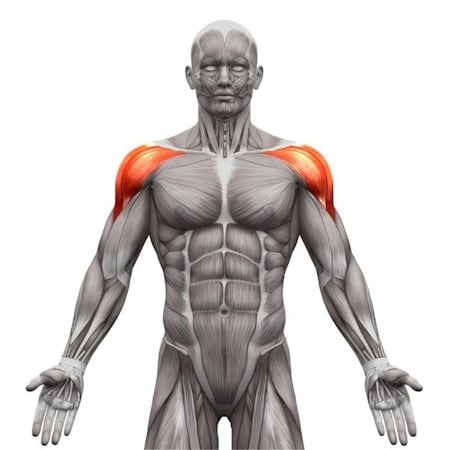
Anterior delt
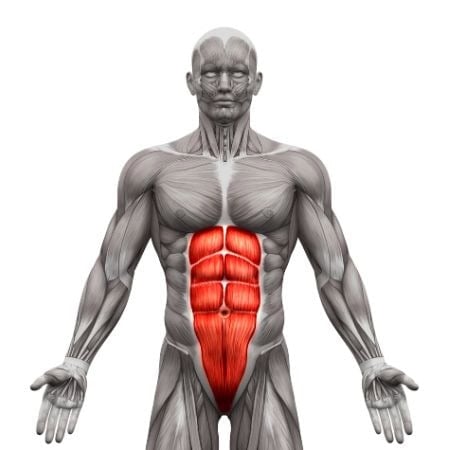
Abdominal
Adjust the difficulty of Decline Push-ups
How to make Decline Push-ups harder?
How to make Decline Push-ups easier?
How to make Decline Push-ups harder?
To make Decline Push-ups harder:
-
Increase Elevation: Raise your feet higher by using a taller bench, box, or surface to increase the difficulty and challenge the upper chest and shoulders more.
-
Add a Push-up Variation: Incorporate plyometric movements, such as pushing off the ground explosively or adding a clap between reps, to further increase the intensity.
-
Add Resistance: Wear a weighted vest or place a small weight plate on your upper back to add resistance and increase muscle engagement.
-
Increase Repetitions or Sets: Perform more repetitions or sets to increase the endurance and strength challenge.
How to make Decline Push-ups easier?
To make Decline Push-ups easier:
-
Lower the Elevation: Use a lower surface (such as a step or short bench) to reduce the angle, making the movement easier while still engaging the upper chest and shoulders.
-
Reduce Repetitions: Start with a smaller number of reps (5-8), then gradually increase as your strength improves.
-
Increase Rest Time: Allow more rest between sets to give your muscles time to recover if the exercise feels too challenging.

